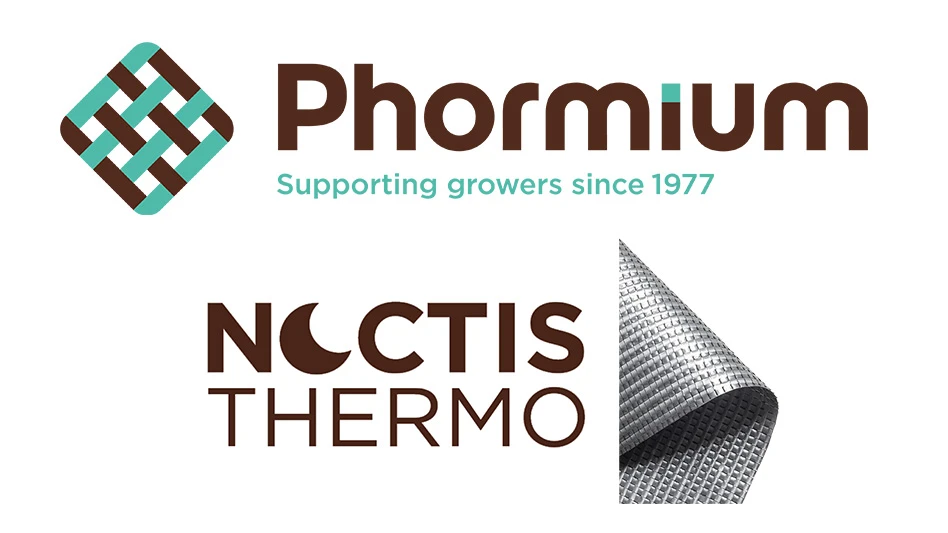
The PourThru Kit
Prior to conducting a PourThru, growers will need to gather a few tools and supplies thereby establishing a nutritional monitoring tool kit, which every greenhouse or nursery should own. Nutritional monitoring tool kit items include:
1. pH and EC meter
A combination pH/EC meter is preferred, but separate, single point meters for pH and EC can be used.
2. pH calibration standard(s)
Most new pH/EC meters provide sample-sized standards packets of 4.0 and 7.0, and sometimes 10.0. Consider purchasing larger bottles of standards and if available, select solutions with different colors.
3. EC calibration standard
Most, if not all pH/EC models, require an EC calibration standard of 1.413 mS/cm (or 1413 µS), but check manufacturer recommendations. This solution is often clear.
4. Storage solution
This solution is only used to keep the electrode from drying out during storage and placed in the protective electrode cap.
5. Distilled water
6. Plastic saucers
Used for collecting the sample leachate. It is recommended to have 5-10 clear plastic saucers so that growers can sample multiple plants per crop, species, or plants exhibiting nutritional disorder symptomology. Consider purchasing different size saucers that will fit under varying container sizes used by the nursery or greenhouse.
7. Sample cups
It is recommended to have 5-16 ounce plastic cups. Leachate sample volumes will typically increase with container size, so larger sampling cups may be required.
8. Paper towels
Used to wipe the electrode clean of substrate particles and distilled water prior to capping and storing the meter.
9. Wash bottle
It is useful for rinsing the electrode between samples, but not a necessity.
PourThru Method for large container-grown crops
- Irrigate 3 to 5 representative plants or the entire crop to container capacity using either clear or fertilizer water if you typically fertigate. To know if you irrigated enough, check or watch to see if water is dripping from container drainage holes. Leaching between 10% to 20% is expected. Wait 30 minutes to 2 hours for equilibration of nutrients in container solution before testing.
- Calibrate the pH and EC meter before testing by following instructions provided by the manufacturer. Leachate pH and EC readings are only as accurate as the last calibration. It is recommended to only use fresh, standard solutions and never pour used solutions back into the original bottle.
- Place a plastic collection saucer under each container to be sampled.
- Pour distilled water over the substrate surface, circling the plant. Avoid applying the water to one location on the substrate surface. Table 1 provides values of the volume of distilled water to apply to varying container sizes. Apply enough water to collect 1.7 to 3.0 fl. oz (50 to 90 ml) of leachate each time you sample. However, the amount of water needed to apply will vary with the container size, crop and environmental conditions.
- Collect leachate from each saucer for pH and EC evaluation. Note, keep leachate samples separated and samples >3.0 oz (90 ml) may cause a dilution effect and provide lower EC readings. Table 1 provides the volume of leachate collected for the volume of distilled water applied to varying container sizes.
- Test leachate samples and record the pH and EC values for the specific crop and cultivar. Testing should be performed as soon as possible. Leachate pH can change within 2 hours of sampling and minimizing leachate evaporation will result in little change for EC values. Interpret results of the leachate samples. Table 2 provides optimal pH and EC levels of containerized perennial, nursery, and specialty crops. For other crops not listed, use the e-GRO Nutritional Monitoring Advisor (egro.mobi/nutritional-monitoring.php) and search by scientific name.
- Take correction action. Correction procedures for modifying substrate pH and EC are outlined in e-GRO Alert 7.2 (bit.ly/e-gro-correction).
- By following these steps, growers will be able to determine the substrate pH and EC of their containerized perennial, nursery or specialty crop(s); mitigate nutritional disorders; and determine if correction procedures are required.








Explore the September 2023 Issue
Check out more from this issue and find your next story to read.
Latest from Greenhouse Management
- This month's Greenhouse Management magazine is about native plants and sustainability
- The HC Companies, Classic Home & Garden merge as Growscape
- Terra Nova releases new echinacea variety, 'Fringe Festival'
- Eason Horticultural Resources will now officially be known as EHR
- BioWorks receives EPA approval for new biological insecticide for thrips, aphids, whiteflies
- ScottsMiracle-Gro transfers cannabis subsidiary to focus on core lawn and garden business
- Should we start calling natives 'eco-beneficial plants'?
- Ellen Mackenbach-Lakeman appointed new CEO of Dümmen Orange





